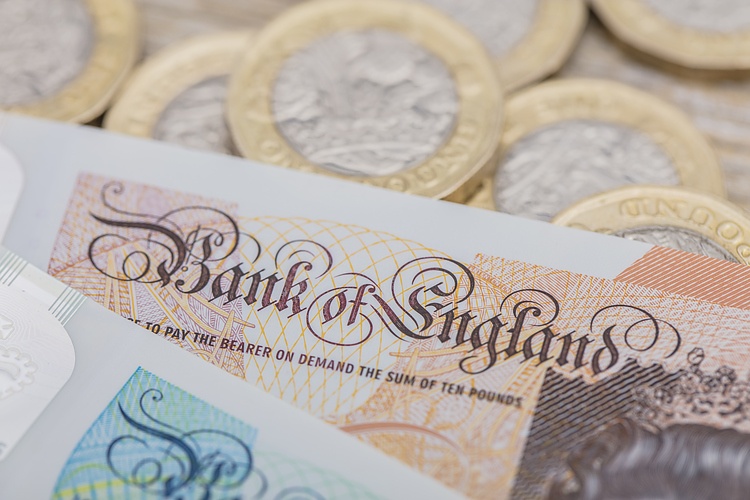The GBP/USD pair experienced a drop below the 20-day moving average (DMA), signaling that sellers have gained control in the short term. The Relative Strength Index (RSI) is on the verge of breaking below the 50-neutral line, which could lead to further downside movement and potentially break through key support levels.
If the GBP/USD pair falls below 1.3050, the first support level to watch for is at 1.3044, which was the peak on July 17. If the pair continues to weaken, it could drop to the 50-DMA at 1.2995, with the possibility of breaking below and reaching the March 8 daily high at 1.2894. On the other hand, if buyers can maintain the spot price above 1.3150, a potential recovery could be in the cards. Resistance levels to watch for include 1.3111 and the psychological level of 1.3200.
The Pound Sterling faced a decline during the North American session, dropping by 0.30% in response to UK data indicating a slowdown in the economy. Additionally, an increase in US inflation contributed to the weakening of the GBP/USD pair, which is currently trading at 1.3035 after hitting a daily high of 1.3111.
The Pound Sterling, also known as GBP, is the oldest currency in the world, dating back to 886 AD. It is the official currency of the United Kingdom and accounts for 12% of all foreign exchange transactions globally, with an average daily volume of $630 billion in 2022. The Pound Sterling is primarily traded against key pairs such as GBP/USD (Cable), GBP/JPY (Dragon), and EUR/GBP. The currency is issued by the Bank of England (BoE).
The value of the Pound Sterling is heavily influenced by monetary policy decisions made by the Bank of England. The BoE aims for price stability by maintaining an inflation rate of around 2% and adjusts interest rates accordingly. When inflation is high, the BoE raises interest rates to control it, attracting global investors and strengthening GBP. Conversely, lowering interest rates during low inflation periods stimulates economic growth. Economic data releases such as GDP, PMIs, and employment figures also impact the value of GBP.
The Trade Balance is another important indicator for the Pound Sterling, measuring the difference between exports and imports. A positive trade balance, where exports exceed imports, strengthens the currency due to increased demand from foreign buyers. On the other hand, a negative balance can weaken the currency. Overall, economic data releases and monetary policy decisions play a significant role in determining the value of the Pound Sterling in the foreign exchange market.











